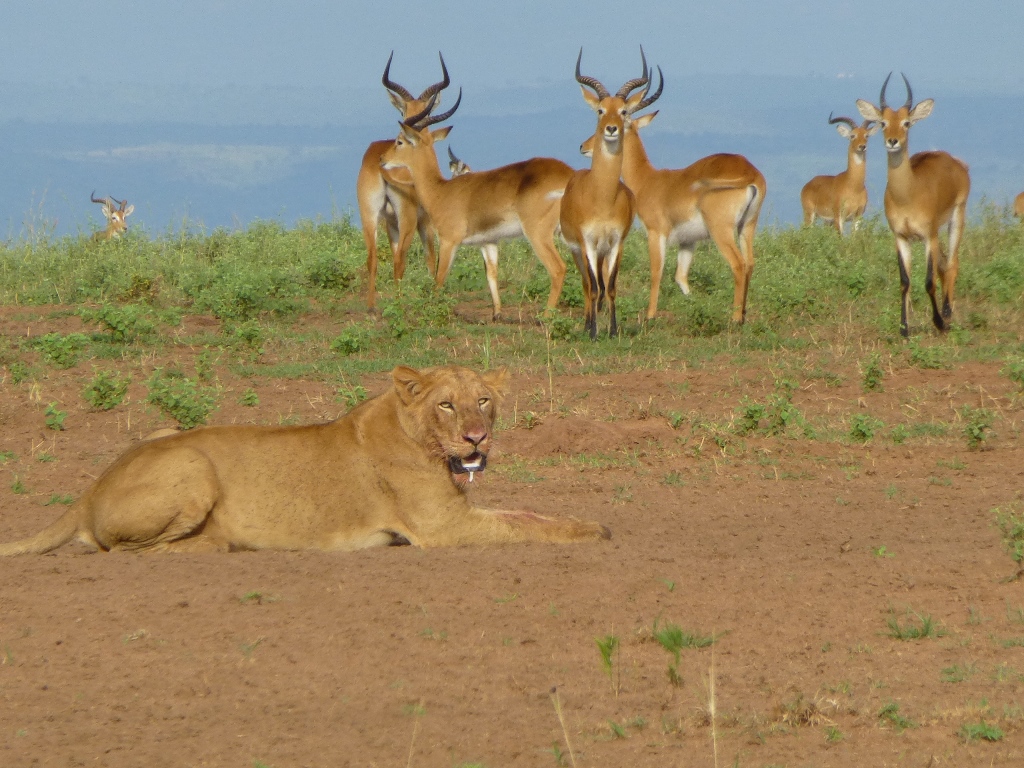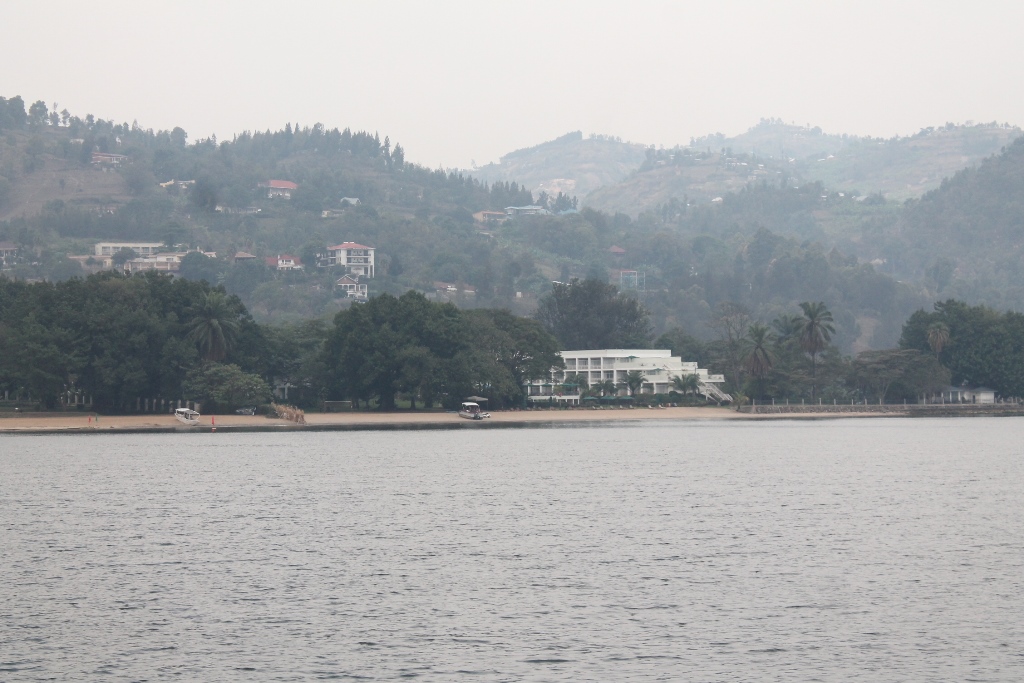Can you do a day trip to Murchison Falls National Park from Kampala?
Either because of limited time or having a very limited budget, of late a number of travelers have been inquiring about doing a one day safari trip to Murchison Falls National Park from Kampala. That is to say, drive to the park for a safari and return to Kampala in just one day! And well […]
keeping safe in Queen Elizabeth National Park
Queen Elizabeth National Park is one of the best places in Uganda to see big game like elephants, lions, hyenas, hippos, crocodiles, buffaloes and antelopes among others.But it is also the park where safety has been a concern for travelers. Its location on the border with the unstable eastern Democratic Republic Congo does not help […]
Can a handicapped person do gorilla trekking?
Gorilla trekking in Rwanda, Uganda and Democratic Republic of Congo is a bucket list adventure that every nature lover wants to tick off, and yet it is a physically demanding activity that will require walking through thick jungles and hiking across tough terrain on highlands and mountains before finding the Mountain Gorillas, that as their […]
What are the requirements for flying (departing) out through Entebbe Airport
Entebbe International Airport is Uganda’s foremost airport and until recently had been the only international airport in the country. We now have newly designated international airports in Uganda, such as Hoima, Kasese, Gulu, Arua, Kisoro, Mbarara, etc…, but these are yet to be fully equipped to handle international air traffic. Therefore, as of now, Feb […]
What is the best place for chimpanzee trekking in Uganda? Kibale forest or Budongo forest?
You can do the chimpanzee trekking in a number of places in Uganda, but, the most popular has been the Kibale National Park which has previously been known to provide the best chances of seeing the chimps. It has therefore been the prime destination for chimp trekking in Uganda. However other destinations have improved the […]


